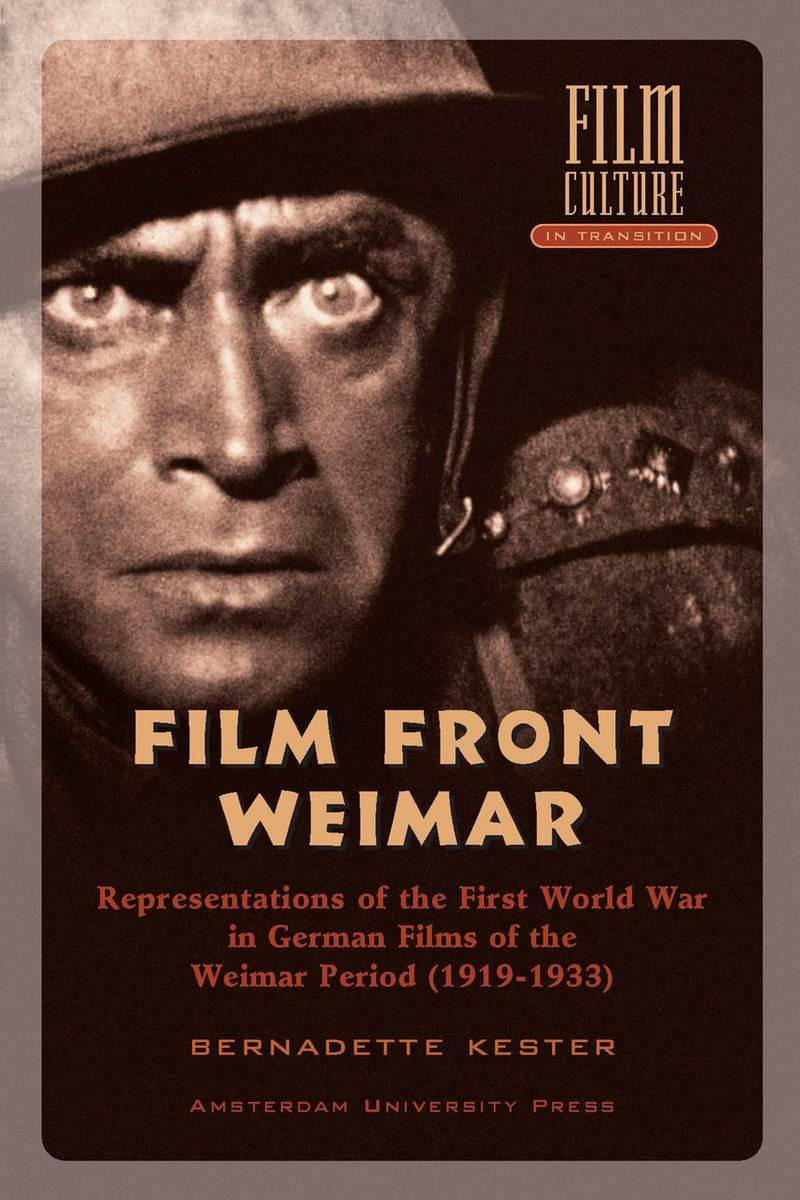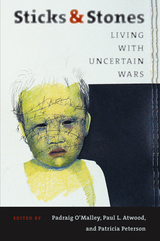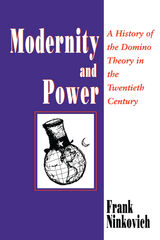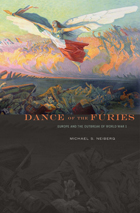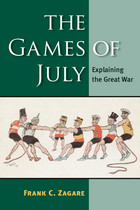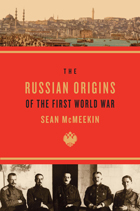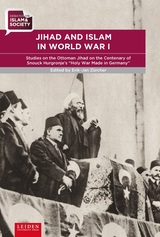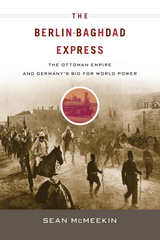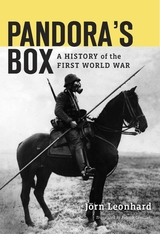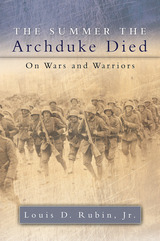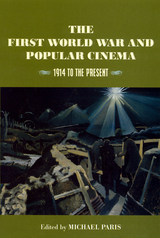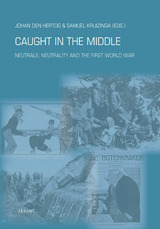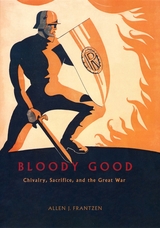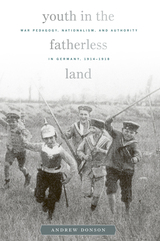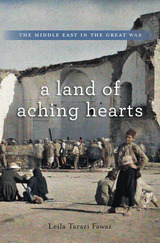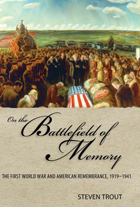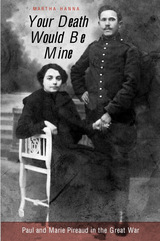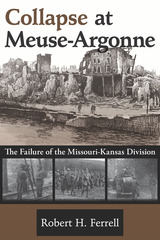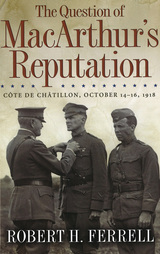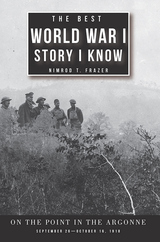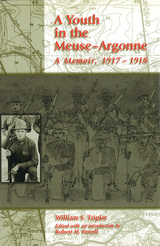Filmfront Weimar: Representations of the First World War in German Films from the Weimar Period (1919-1933)
Amsterdam University Press, 2003
Paper: 978-90-5356-597-1 | Cloth: 978-90-5356-598-8 | eISBN: 978-90-485-0519-7
Library of Congress Classification D522.23.K4713 2003
Dewey Decimal Classification 791.43658
Paper: 978-90-5356-597-1 | Cloth: 978-90-5356-598-8 | eISBN: 978-90-485-0519-7
Library of Congress Classification D522.23.K4713 2003
Dewey Decimal Classification 791.43658
ABOUT THIS BOOK | AUTHOR BIOGRAPHY | TOC
ABOUT THIS BOOK
How was Germany's experience of World War I depicted in film during the following years? Drawing on analysis of the films of the Weimar era—documentaries and feature films addressing the war's causes, life at the front, war at sea, and the home front—Bernadette Kester sketches out the historical context, including reviews and censors' reports, in which these films were made and viewed, and offers much insight into how Germans collectively perceived World War I during its aftermath and beyond.
See other books on: First World War | Motion pictures and the war | Representations | World War I | World War, 1914-1918
See other titles from Amsterdam University Press
